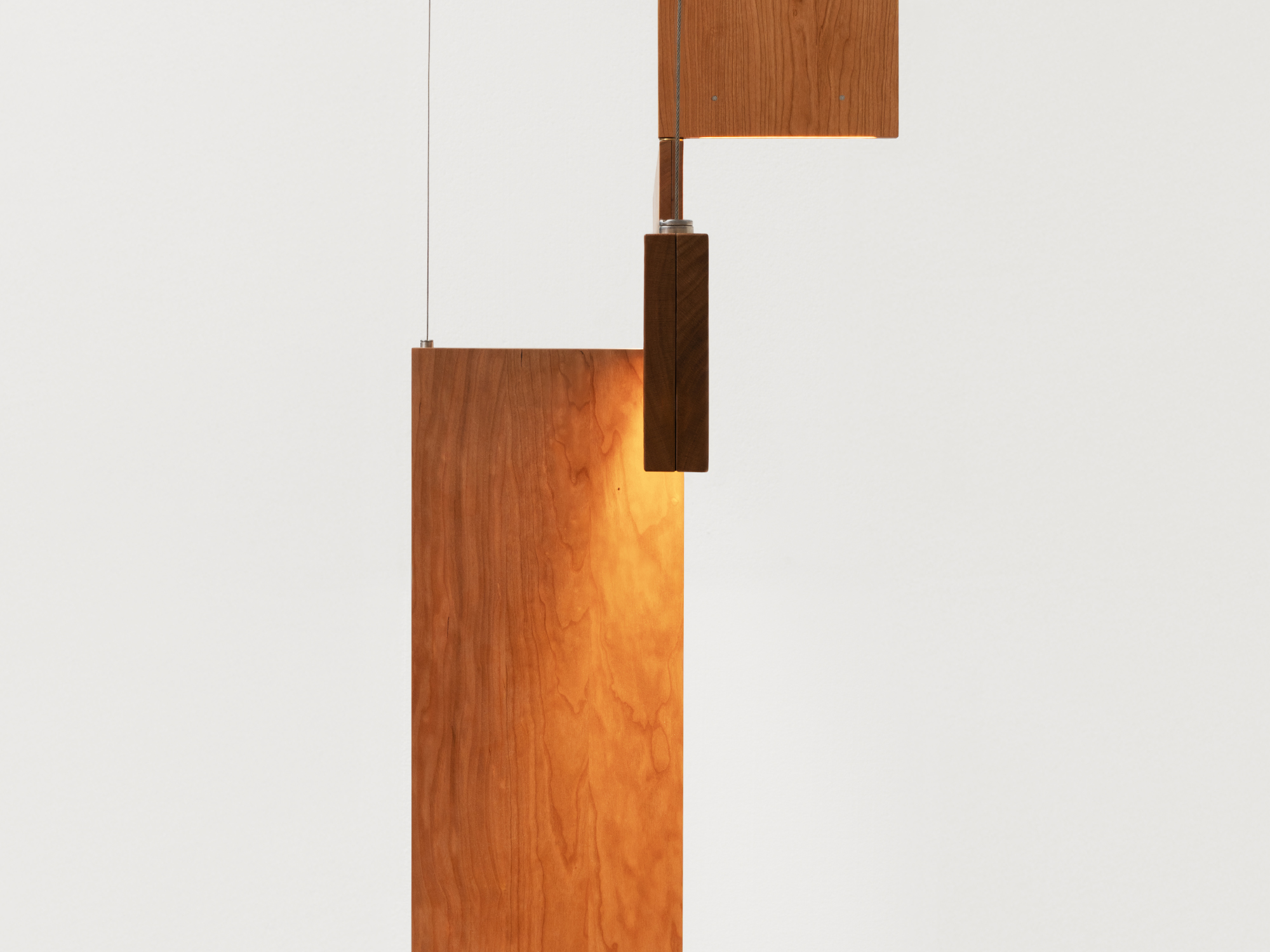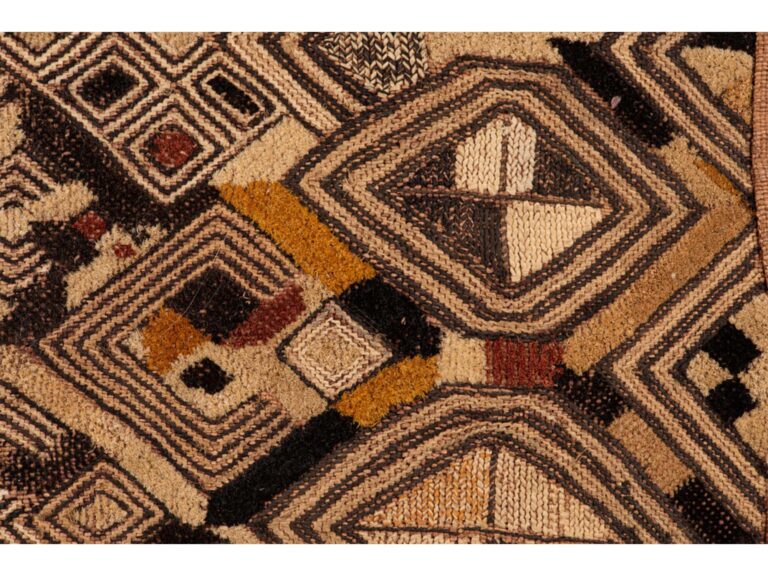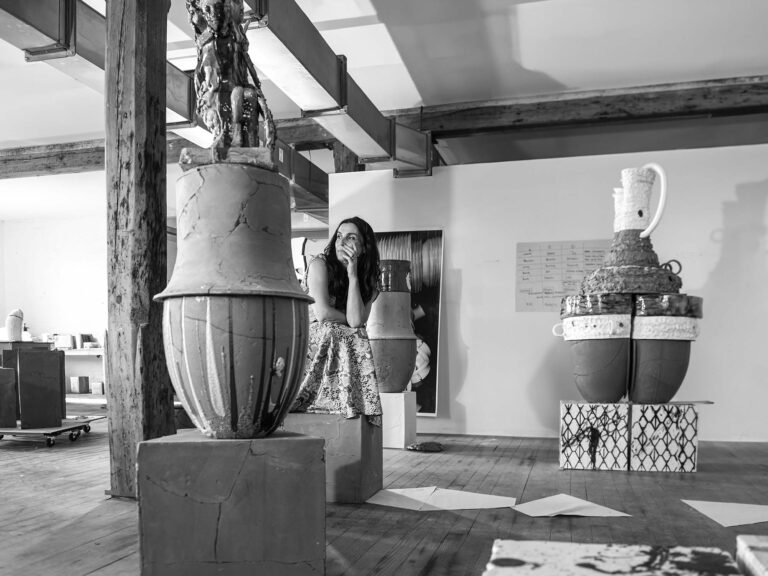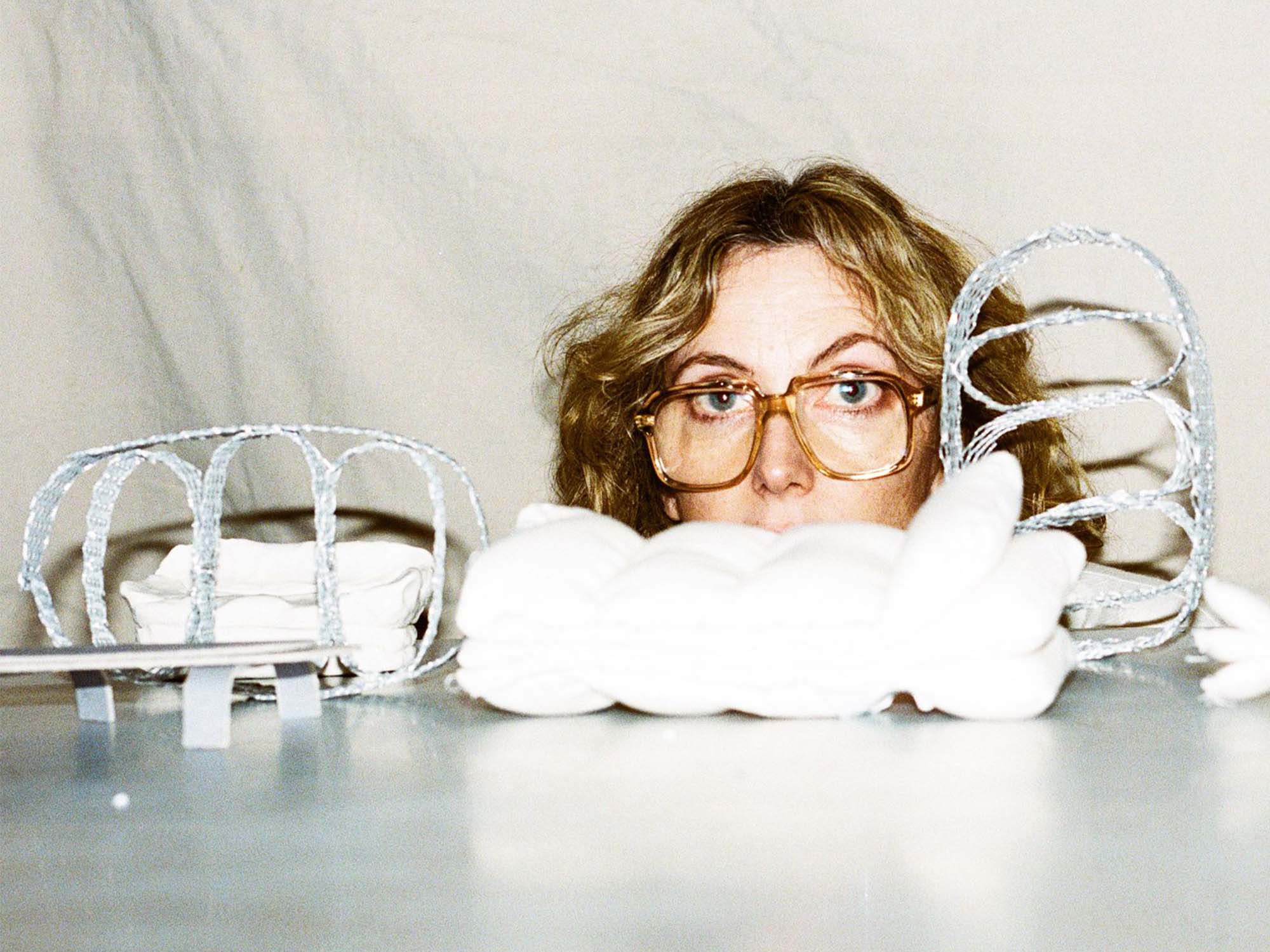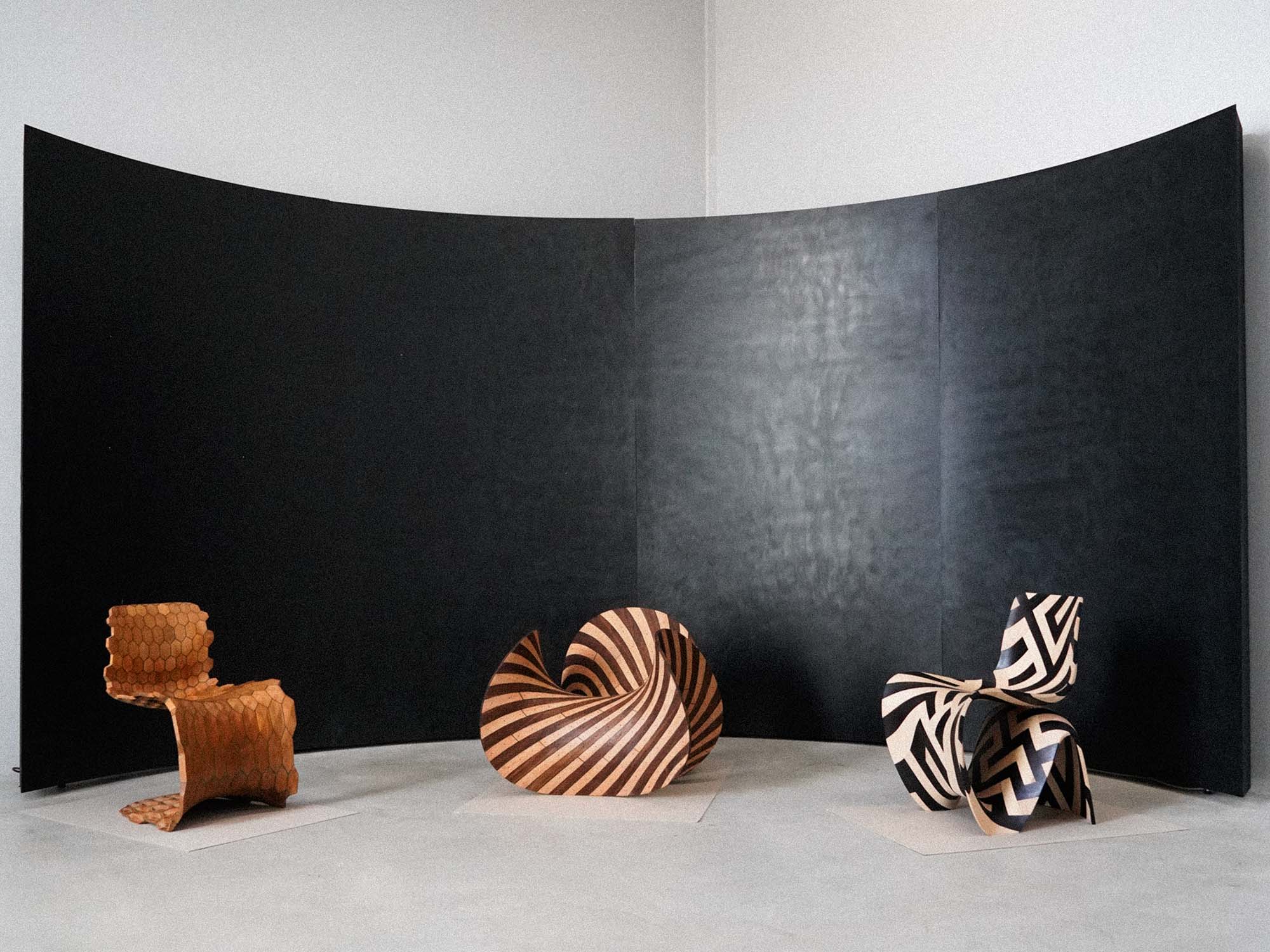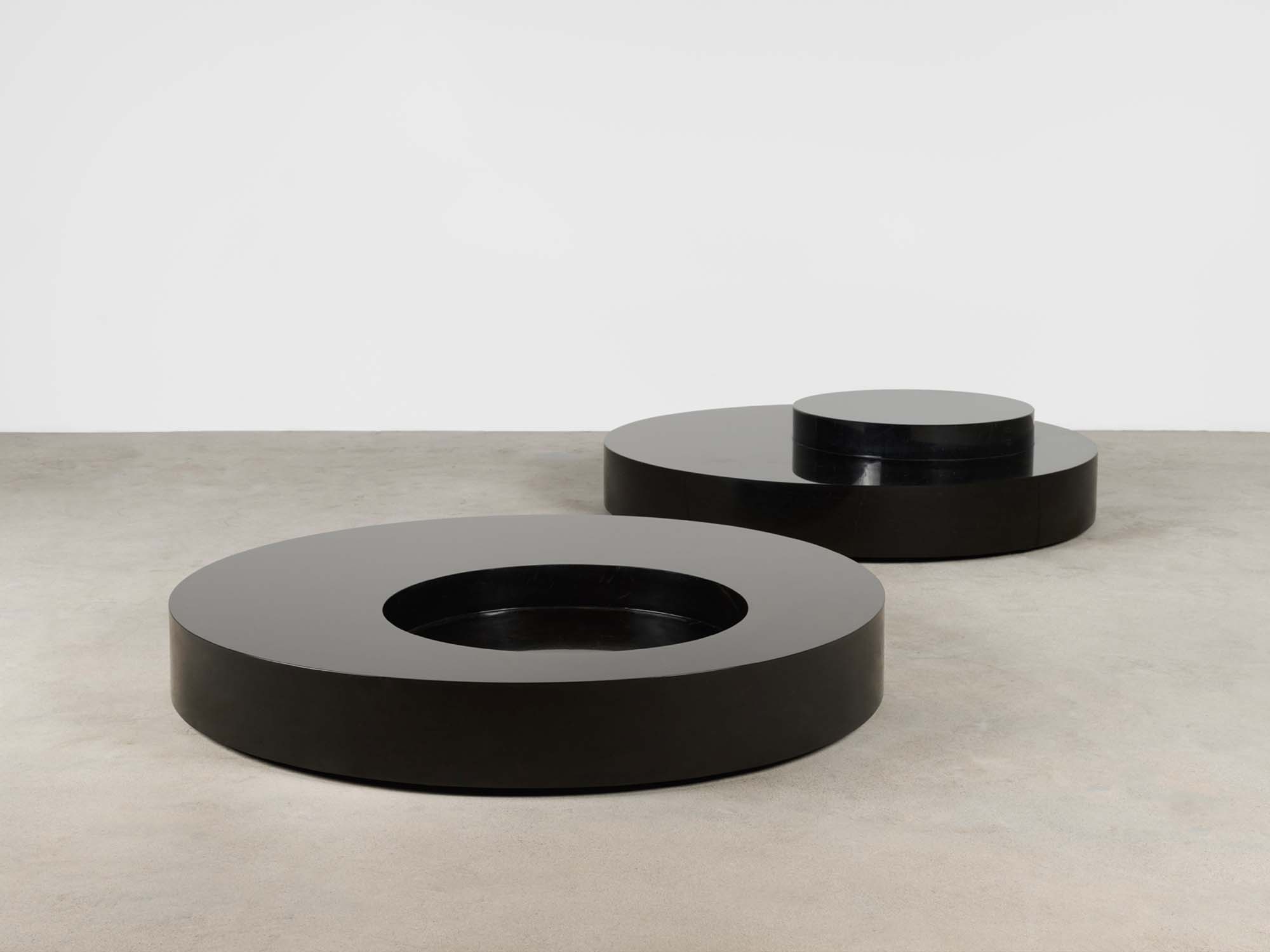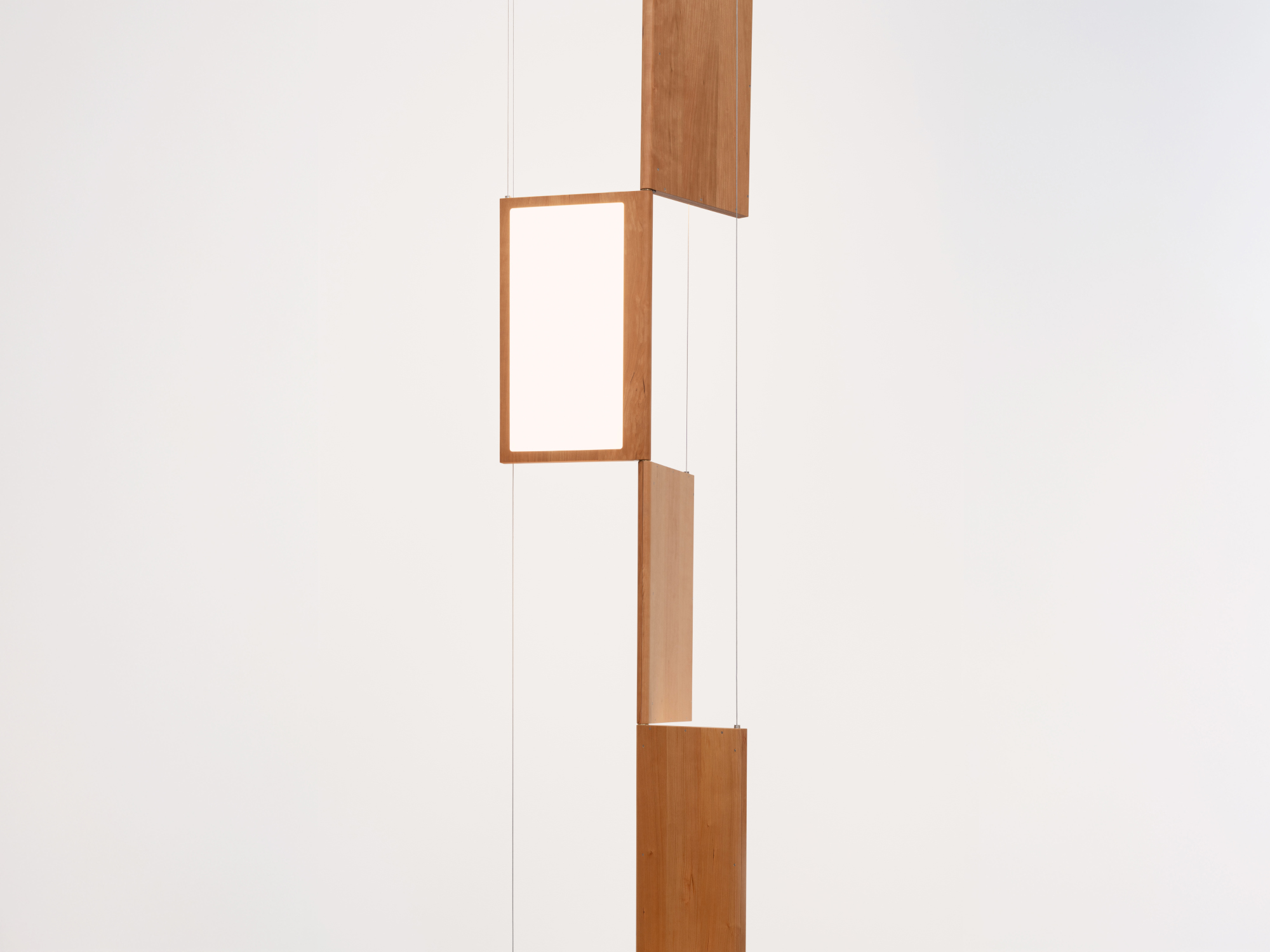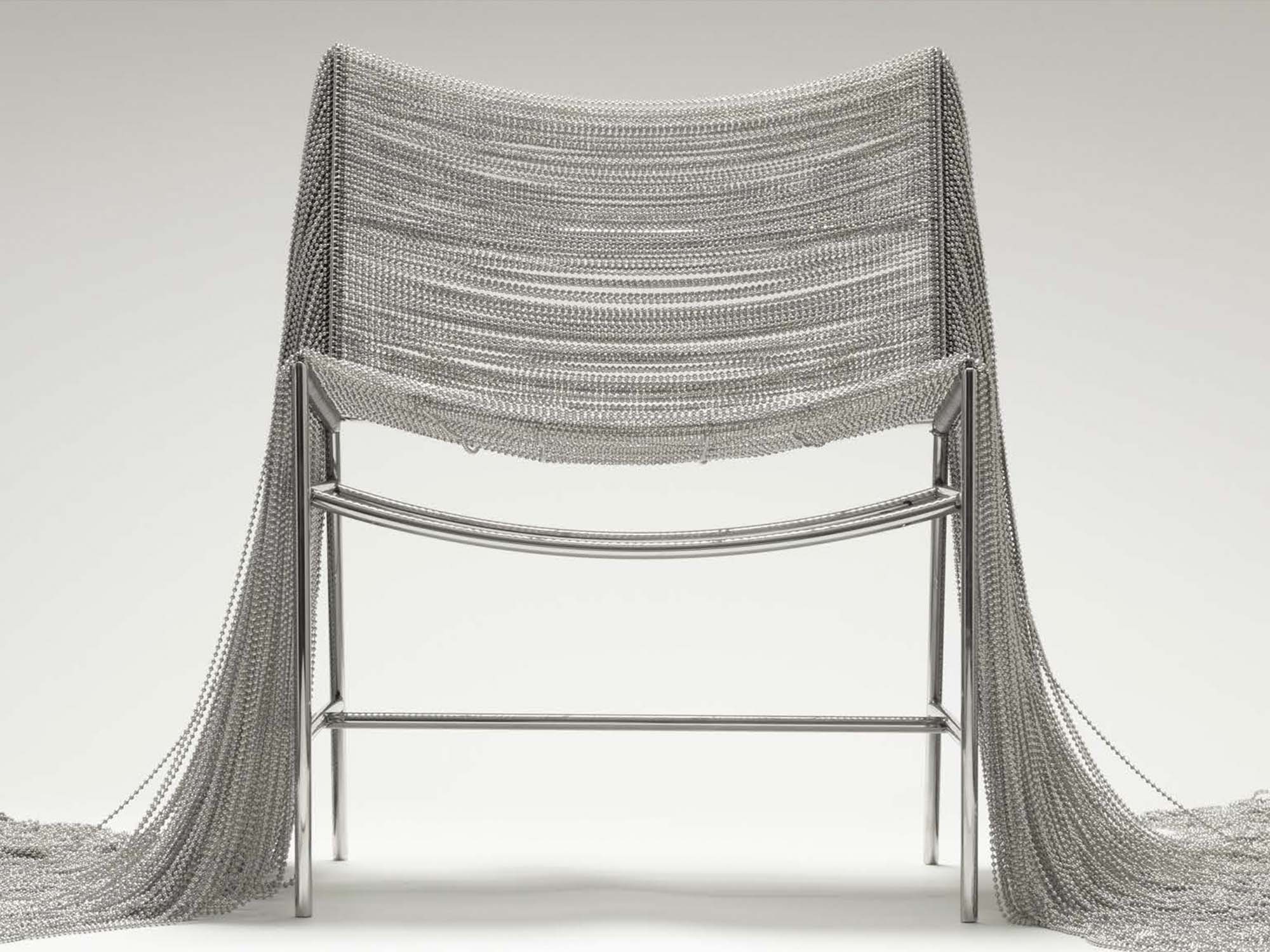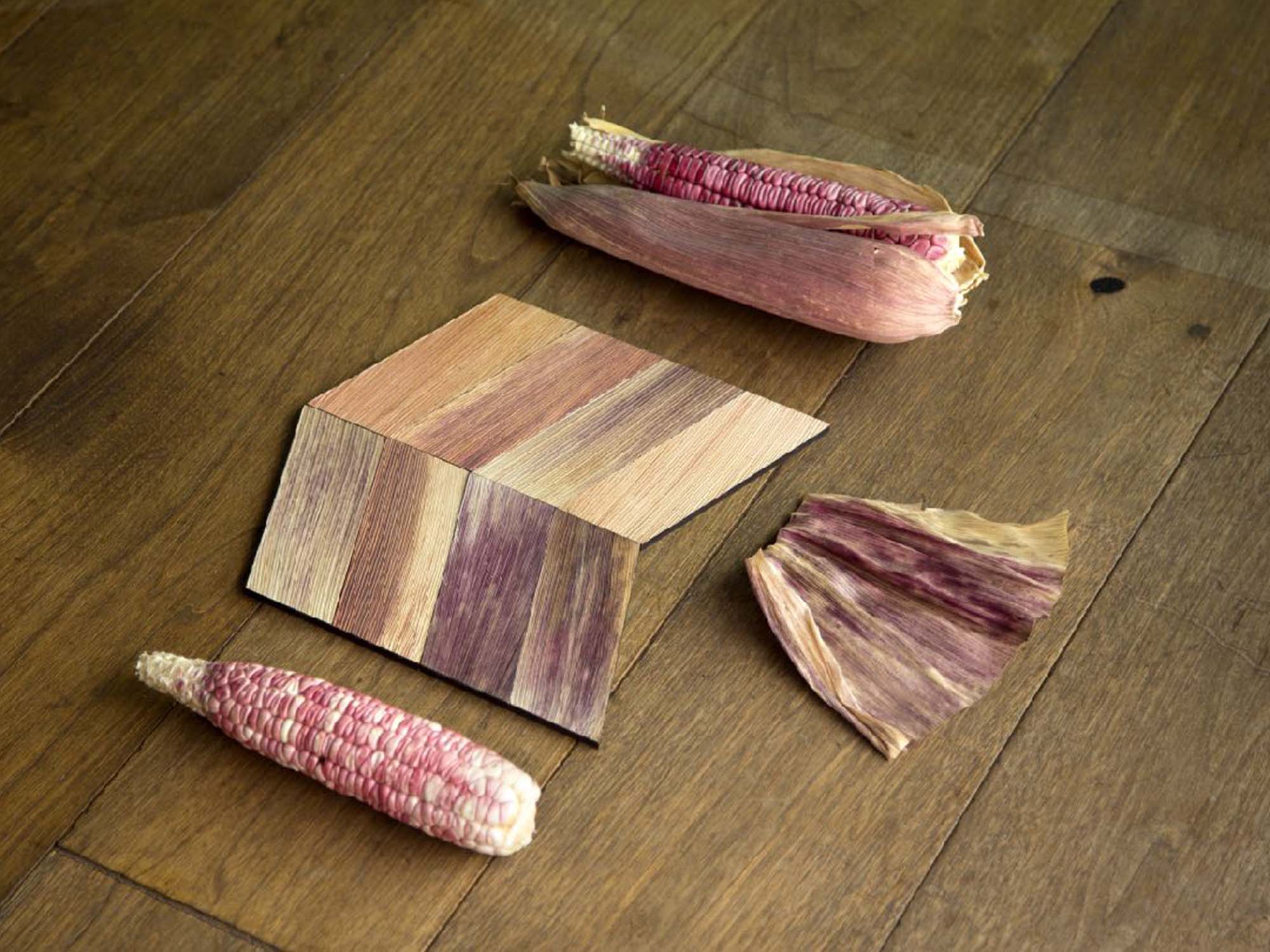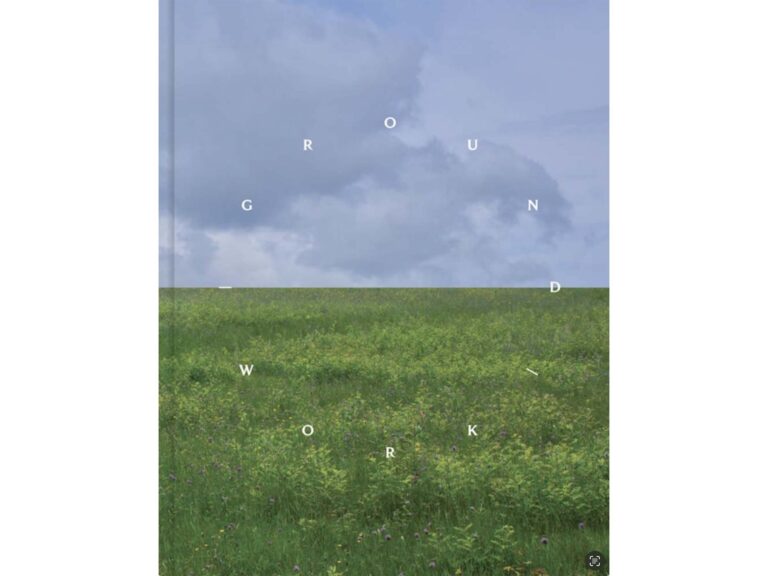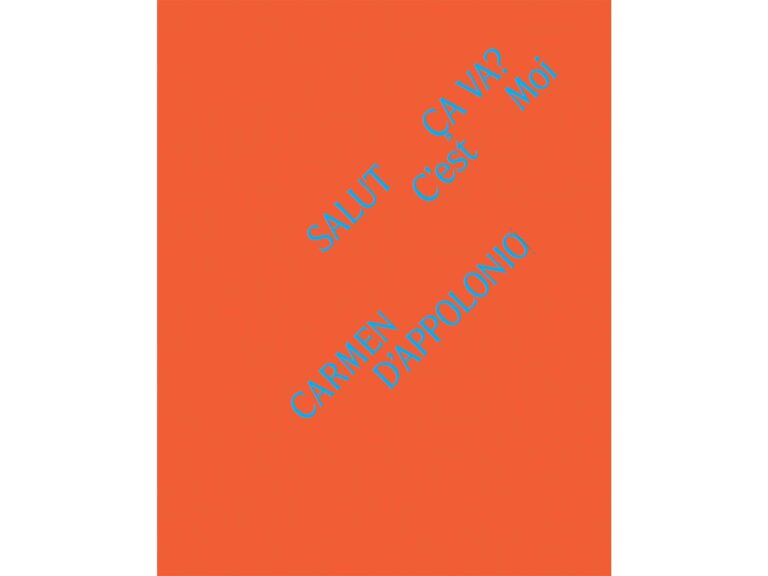By Glenn Adamson
Design can be a blunt instrument. The world is teeming with humanmade objects, variously made in a spirit of problem-solving, profit-making, or individual expression. Very rarely do these things have the thoughtfulness that they could, if their creators had considered every aspect of their formation. Formafantasma aim to do better. The Italian design studio, founded by Andrea Trimarchi and Simone Farresin in 2009, have gradually scaled the discipline’s heights, and now stand at its uppermost echelon. They have always been notable for their refinement of touch. Whatever the project – alchemical objets d’art, sprawling investigative projects, products for serial manufacture, immersive exhibition designs – they employ extensive research and intensive craftsmanship, penetrating to the very heart of the task at hand.
Typically, this holistic methodology remains in the background of Formafantasma’s work. They are highly adept at directing focus, and typically they have something important to communicate, most often a narrative about ecology, our surpassingly beautiful and tragically endangered environment. But in Formation, their first solo exhibition at Friedman Benda – in fact, their first in any American gallery – they have chosen to put their design thinking front and center. The title, a subtle riff on the studio’s own name, conveys a sense of self-portraiture, or at least a statement of purpose. (A further possible allusion to Beyoncé’s 2016 mega-track is probably unintentional, but nonetheless appropriate; in contemporary design, no one slays like Formafantasma.)
As one would expect, yet in a totally surprising way, the exhibition is a masterclass. One’s first impression is of absolute, confident control. The studio has developed a minimalist vocabulary of forms, and executed them in a restricted palette of timber, metal, and linen. This is a striking departure from previous design collections they have made: the homebrewed organic polymers of Botanica (2010); the sculpted geological forms of Da Natura Fossilium (2014); Ore Streams, a project for the 2017 NGV Trienniale quarried from office furniture, deadstock computer cases, and e-waste; and the “intellectual self-pollination” that they explored in Archivio Massimo (2023). Instead of these richly layered, self-evidently experimental effects, here they give us absolute clarity, each diagonal, horizontal and vertical as decisive as a blow from a perfectly honed axe.
The plank serves as the unifying module for the collection, with the choice of cherry wood, common in early American regional furniture, a nod to the local context. While developing Formation, Formafantasma was designing an exhibition about the Shakers (opening concurrently at the Vitra Design Museum), whose famously serene and satisfying furniture seems reborn here. There is a knowing quotation of Frank Lloyd Wright’s angular Taliesin 1 chair, from 1949, and Trimarchi and Farresin have also mentioned the soulful furniture of George Nakashima as an inspiration. In the case of the impressively scaled floor lamp, it is hard not to think of George Cawardine’s iconic Anglepoise lamp (designed in 1931) and its many imitators, including Gaetano Pesce’s scaled-up Pop version, Moloch, developed for Bracciodiferro in 1970-1.
For those who know their design history, these deep cuts are another indication of Formafantasma’s surpassing sophistication. (When I suggested to Farresin that this new body of work was a response to modernism, he replied, “yes. It is almost painful how deep that is within us.”) What is most compelling, however, is the proposition that they are making about present-day practice. We’re cued to contemporary context by the glowing, screen-like panels that populate the collection, and the inclusion of elements in brushed aluminum, which bear more than a passing resemblance to the Mac laptop (equally exquisitely detailed) on which I’m typing these words. The spare infrastructure of the pieces acknowledges the wave of dematerialization that is currently reshaping, some would say impoverishing, our environment. At the same time, the collection is anchored in domesticity, both in its familiar typologies – lighting, desk and chair, table – and the textiles that drape neatly over the rectilinear forms, abstracted renderings of the traditional tablecloth.
This latter gesture toward the comforts of home, slight as it may be, positions Formation as a successor to Formafantasma’s last solo exhibition, La Casa Dentro, held at the ICA Milano in 2024. That project was partly a programmatic intervention – a queering of the modernist canon – but also a deeply personal statement, incorporating motifs from Trimarchi and Farresin’s childhood homes. The sentimentality of that project, with its delicate upholstery, floral patterns and ornamental inlay, is nowhere to be seen in Formation, with its rigorous planarity. But the desire to reimagine fundamental archetypes, operating on them from the inside, is the same.
This core intention, ultimately, is what lends the exhibition its intensity. Formafantasma are always exquisitely attuned to the environments in which their work is presented, and Friedman Benda is no exception. It is one of the few galleries that define the course of the design avant garde. To show here for the first time, at this advanced point in their career – there’s no way around it – is something like a manifesto. In response to this challenge, Farresin says, “We felt an urgency to do less, to be less outspoken with our authorship.” If Formation looks restrained in comparison to the studio’s own earlier work, it is positively severe in relation to the sculptural, expressive objects that are often shown at Friedman Benda and its peer galleries. Individualism, too, can become formulaic; and without wishing necessarily to critique other designers, Trimarchi and Farresin wanted to carve another pathway, to show how expansive precision can be.
Doing more with less, of course, is one conventional definition of good design. What makes Formation such a unique achievement, though, is the sheer excitement they have generated from their self-imposed exactitude. The exhibition is a system of objects, articulated by vectors that ricochet around the space. The proportions of the pieces announce themselves as special, always a little more elongated or compressed than one might have thought; yet they establish a pervasive sense of rightness. Discreet these objects may be, but they are nothing less than thrilling. As they have so often in the past, with their customary consummate skill, Trimarchi and Farresin have charted a new way forward for design. Many people will doubtless be looking at this show and studying it closely, hoping to learn from their moves, which is all to the good. But there will never be another Formafantasma. Truly, they are a cut above.
